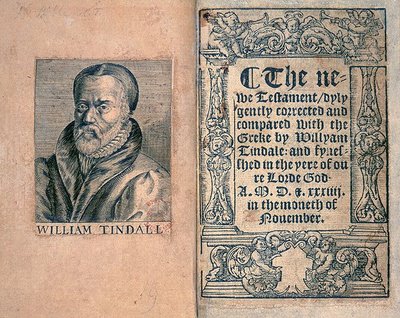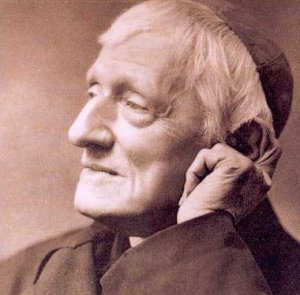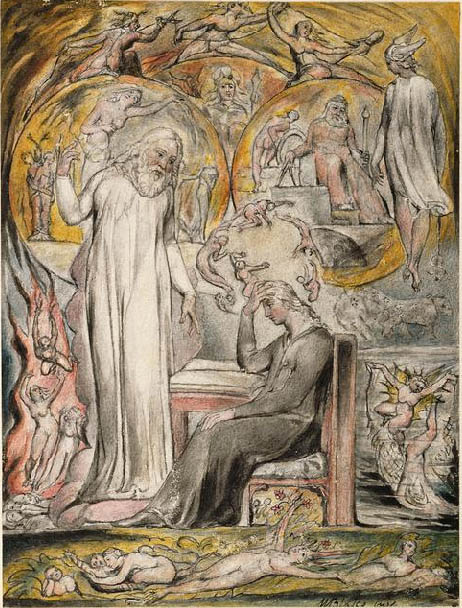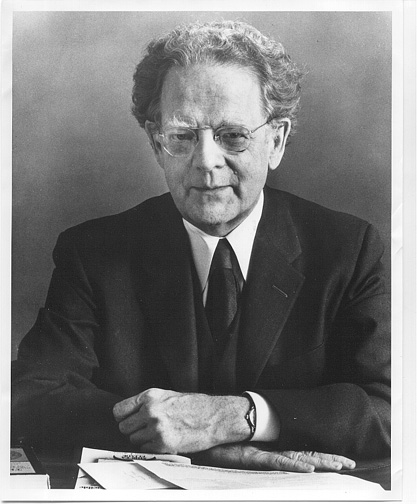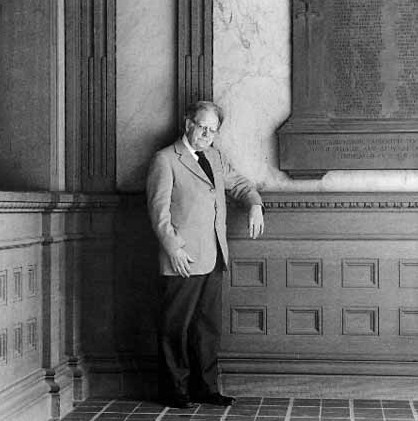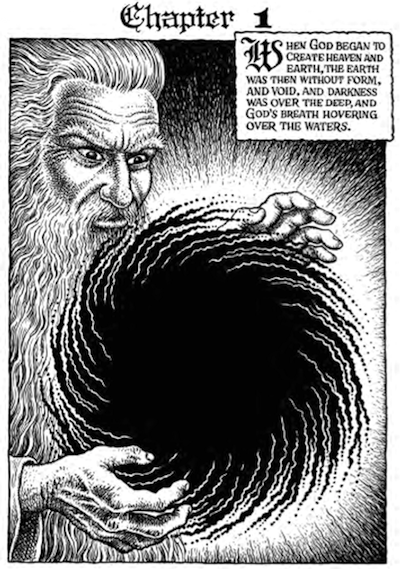
Responding to comments by Russell Perkin and Michael Happy
It seems to me that Frye is looking at the Bible from the point of view of a literary critic. He begins with the assumption that, unlike other sacred books, the Bible is a unity. He is interested in the pursuing this unity as it manifests itself in the Bible’s myths and metaphors. The former he examines in terms of the movement from Creation to Apocalypse, with all of the lesser up and down U–shapes in between. The latter he examines largely in terms of recurring images. He of course brackets out any number of other features that a literary critic might legitimately want to investigate, especially those having to do with literary texture. His concern is with structure. That’s the centripetal thrust of The Great Code, Words with Power, and his Bible lectures. According to the class notes from his Religious Knowledge course, he called this the synthetic approach. The centrifugal thrust, largely absent from his Bible lectures, has to do with the kerygmatic myths to live by. That is, as a sacred book, the Bible is more than literary. Frye worries a great deal about what to call this, finally settling on “kerygma.”
One can approach a written text, sacred or otherwise, from any number of perspectives––biographical, historical, formal, sociological, cultural, religious, and so on. When I was in school in the 1960s biblical scholars such as Gerhard von Rad and Martin Noth were engaged in a type of interpretation called redaction criticism, which began to pay attention to large units of the Bible, such as the first six books, as creative, literary forms in their own right. Since that time there has been an explosion of literary approaches to the Bible, and there is a large industry today devoted to the poetics of biblical narrative and imagery. The degree of interest among Biblical scholars in such approaches is revealed by a glance at the annual programs of the American Academy of Religion and the Society for Biblical Literature. The dialogue works both ways: we have literary critics interested in the narrative and metaphorical features of the Bible, and we have biblical critics interested in the Bible’s literary features. Not long ago I was glancing at study of that most intractable book, the Book of Revelation, by Leonard Thompson, a well known biblical scholar. Thompson realizes that he can’t crack the code of Revelation without speaking about its genre, its narrative structure, and its metaphoric unity, all of which are literary matters. Which is pretty close to Frye’s approach.
One of my favorite examples of Frye’s mythical–metaphorical approach is his commentary on the Priestly and Jahwist creation accounts in chapters 5 and 6 of Words with Power. Whether the correct label for this “a literary criticism of the Bible,” I dunno. I guess I’d say it’s a reading of the Bible from the perspective of a literary critic who is interested in texts as wholes and in the structure of their narratives and imagery. Or is all of this too obvious to need remarking?
I suppose one doesn’t have to be a literary critic to pay attention to features of a text that are literary, but if you’re trained to consider the centrality of such things as metaphor in any text, you’re more likely to see things that those untrained do not. Spend ten minutes, for example, leafing through any collection of hymns. You’ll discover that God is a mighty fortress, Christ is a master workman, Christ is a star of the East, Christ is a dying lamb, the earth is a story teller, the Holy Spirit is a dove or a divine fire or a wind, Christ is a solid rock and similar figures from the mineral world (such as Rock of Ages), God’s mercy is a bright beam, Christians are soldiers (and also from that hymn, we are the body of Christ), the hour of prayer is sweet, the heart is a dwelling place, Christ is the light of light, Jesus is a shepherd; and of course all the royal metaphors imported from the Old Testament of the “Christ is king” or “Christ is ruler” variety and the associated metaphors of crowns, diadems, and thrones. Some hymns give us rather difficult instructions, such as “fold to thy heart thy brother” or “lift up your hearts,” the folding of a brother and the lifting of a heart seeming to be rather difficult things to do literally. Sometimes we get dual metaphors, as in the hymn “O Holy City,” where we’re told that “Christ the Lamb doth reign,” a figure that combines a pastoral and sacrificial image with a royal or regal one: Christ is a lamb: the lamb is a king. In “O Master of the Waking World,” we’re told that Christ has all the nations in his heart, an extraordinary metaphor that rather strains our powers of comprehension. In another hymn we’re called on to deliver our land from “error’s chain.” Why “chain”? Well, the hymnist needs a word to rhyme with “plain” and “slain,” but we nevertheless sense the direction in which the figure takes us: the heathen nations (the hymnist mentions India and Africa, along with, of all places, Greenland) are imprisoned (that is, chained) by error. Even in “My Country, ’tis of Thee” freedom is said to be a holy light, and as one of the imperatives is for it to ring from the mountain side, freedom also seems to be a bell. In “It Singeth Low in Every Heart” we’re told that the dead “throng the silence of our breasts,” indicating that in our breasts, where everything is silent, we have a host of dead souls or maybe just dead people hanging out, an image that is something of a problem for the literal minded. In “Praise to the Lord, the Almighty,” we were told in the first stanza that “God is health” and in the second stanza that God is a bird. As we’re sheltered under the wings of God, this appears to be a mother bird, a hen perhaps. The hymnist doesn’t say that God is like a mother hen, but that he is one. In one of the choral responses we implore the Lord to makes us a sanctuary, which means a sacred place or a place of refuge.
My guess is that form critics and redaction critics and canonical critics and reader–response critics are less likely to be attuned to such metaphors than a critic interested in figurative language.
